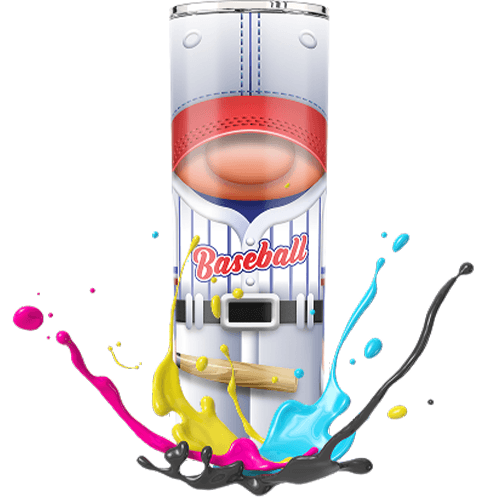Description
Sublimation Transfers for synthetic fabrics or specially coated items that are maded for Sublimation printing (not cotton).
Sublimation printing is a digital printing process that uses heat and pressure to transfer dye onto different materials.
Here’s the full process:
- You print a design onto special transfer paper using sublimation inks
- Then, you place the paper onto a product and heat it with a heat press
- The heat turns the inks into a gas, and the material absorbs them
- As a result, you get a permanent, vibrant print that won’t fade or crack over time
Sublimation printing pros
Now that you know how sublimation printing works, let’s go through the pros and cons of this printing technique, starting with the benefits.
1. Vibrant and detailed printing results
What’s most exciting about sublimation printing is the ability to produce vibrant and detailed prints. Thanks to the high temperatures used in the process, the lines appear very sharp and the colors aren’t faded.
2. Print durability
An important thing to note about dye sublimation is that the ink isn’t just applied on top of the material. Instead, it’s absorbed right into the material, becoming an integral part of it. That’s why a sublimation print won’t fade or wash off.
3. Quick turnaround time
Another pro of sublimation printing is its quick turnaround time. Because the printing process is digital and doesn’t require creating a physical screen or plate, sublimation printers can quickly produce high-quality prints and require less manual labor than, for example, screen printing.
4. Variety of products
When it comes to the choice of materials, sublimation is versatile and gives you lots of room for creativity. You can make custom clothing, bags, mugs, mousepads, and more.
Sublimation printing cons
There are also some limitations to sublimation printing. Below are 3 main disadvantages you should consider before committing to this printing method.
1. Material limitations
Note that sublimation only works on 100% polyester or fabric blends that contain a high percentage of polyester. The less polyester in your fabric, the more faded the prints. This is because the chemical properties of sublimation dyes require synthetic fibers to properly stick and create long-lasting results.
If you’re interested in cotton, silk, or leather garment printing, sublimation won’t be the right choice. Sublimation dyes simply won’t adhere to natural fibers or will quickly wash off.
2. Base color limitations
Sublimation’s only available for white or very light blank products. That’s because there’s no white ink in sublimation printing, and the sublimation inks can’t lighten the base color.
If you sublimate on a black fabric, the dye will technically transfer but you won’t be able to see the results. For example, printing a vivid magenta color on a black shirt will result in a black print with a reddish undertone.





Reviews
There are no reviews yet.